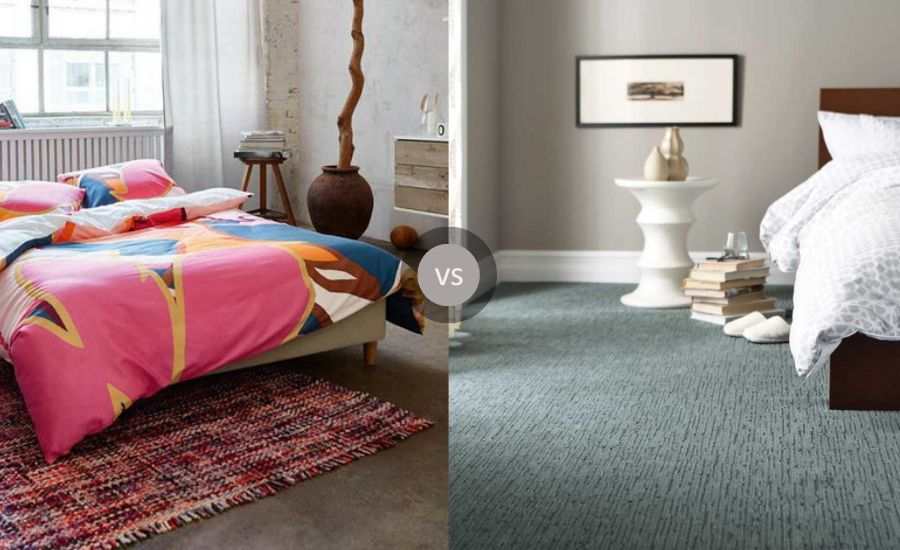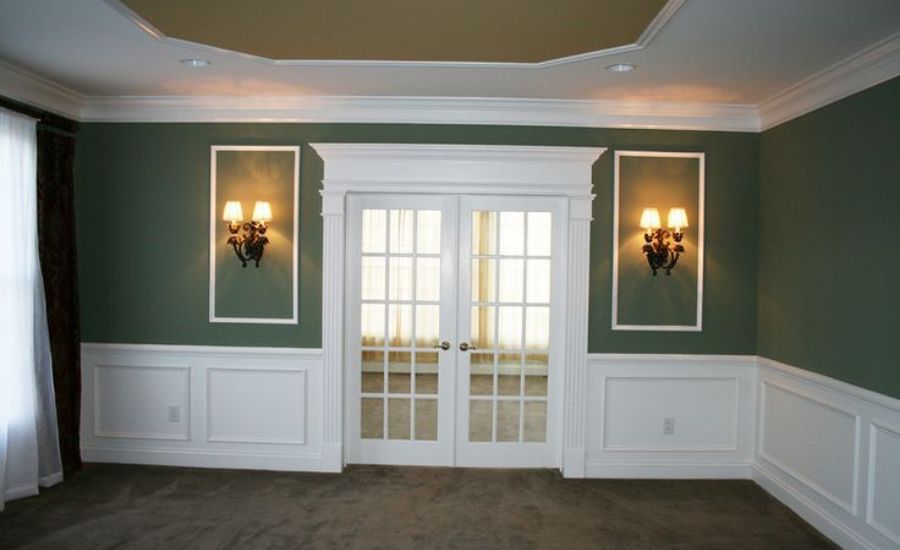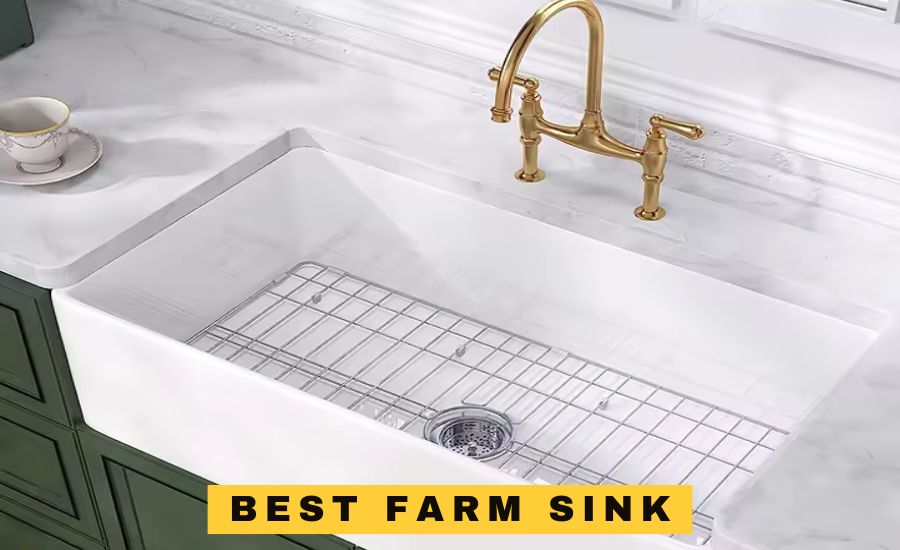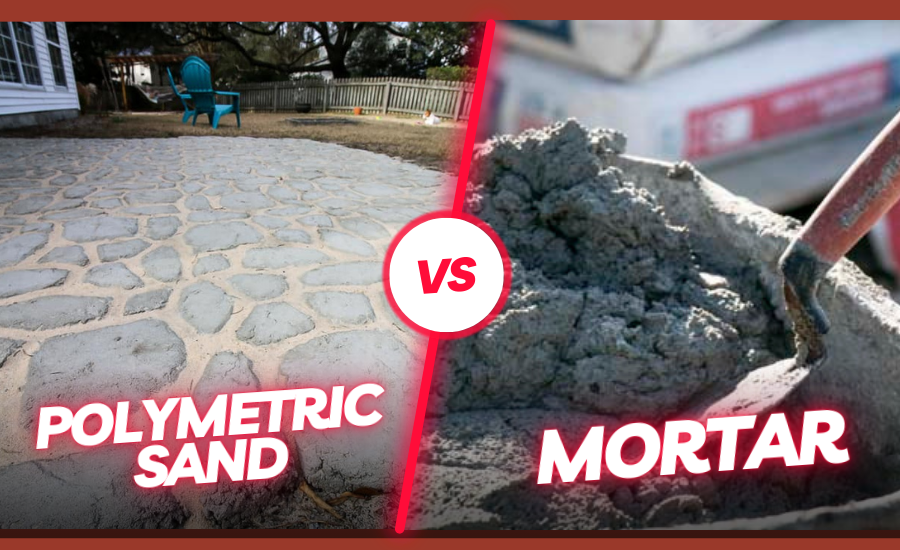
Mats and carpets are common household items that serve distinct purposes. While they may seem interchangeable, understanding their differences in use can help you choose the right one for your space. This guide explains the specific uses of mats and carpets, helping you make informed decisions for your home or office.
What Is a Mat?
A mat is a small, portable floor covering designed for functional purposes. Commonly made from durable materials like rubber, coir, or microfiber, mats are placed in high-traffic areas or spots where specific tasks are performed.
Primary Uses of Mats
- Door Protection: Doormats trap dirt and moisture, keeping floors clean.
- Safety: Anti-slip mats in kitchens or bathrooms prevent accidents.
- Comfort: Yoga mats and foam mats provide cushioning for exercise or play.
- Floor Protection: Chair mats protect floors from scratches caused by furniture.
- Outdoor Use: Outdoor mats are weather-resistant and guard entryways.
Mats are versatile and easy to clean, making them ideal for focused, practical purposes.
What Is a Carpet?
A carpet is a larger floor covering, often made of soft materials like wool, nylon, or polyester. It typically spans an entire room or a large portion of it, offering both functional and decorative benefits.
Primary Uses of Carpets
- Comfort: Carpets create a warm and cozy environment, perfect for bedrooms or living rooms.
- Aesthetic Appeal: They add color, texture, and style to spaces.
- Insulation: Carpets help retain heat, making them ideal for colder climates.
- Noise Reduction: Thick carpets absorb sound, reducing noise levels in homes and offices.
- Durability: Carpets protect floors and provide long-lasting coverage for heavy-use areas.
Carpets often require professional cleaning to maintain their appearance and durability.
Key Differences Between Mat and Carpet Uses
| Feature | Mat | Carpet |
| Size | Small and portable | Large, often covering entire rooms |
| Functionality | Specific purposes like safety and cleanliness | General use for comfort, insulation, and aesthetics |
| Material | Durable materials (rubber, coir, microfiber) | Soft materials (wool, nylon, polyester) |
| Placement | Doorways, bathrooms, kitchens, under furniture | Living rooms, bedrooms, offices |
| Maintenance | Easy to clean, often machine washable | Requires professional cleaning or deep vacuuming |
| Portability | Lightweight and easy to move | Fixed or heavy, often requiring installation |
| Cost | Generally low-cost and budget-friendly | Higher investment for long-term use |
Mats are best for specific tasks or high-traffic spots, while carpets excel in comfort and decoration.
When to Use Mats
- Place mats at entryways to keep dirt out.
- Use anti-fatigue mats in workspaces for better posture.
- Choose bath mats to absorb water and prevent slips.
- Opt for chair mats to protect flooring in offices.
Mats are perfect for smaller, functional needs where portability is important.
When to Use Carpets
- Add a carpet to living rooms for warmth and style.
- Use carpets in bedrooms for comfort underfoot.
- Install carpets in offices to reduce noise and create a professional look.
- Choose area rugs for spaces where you want style without full-floor coverage.
Carpets are ideal for creating inviting, cohesive spaces that need a decorative touch.
Tips for Choosing Between Mats and Carpets
- Purpose: Identify whether you need functionality (mat) or aesthetics (carpet).
- Space: Consider the size of the area you’re covering.
- Budget: Mats are generally more affordable, while carpets can be an investment.
- Maintenance: Choose mats for easy cleaning and carpets for a long-term decorative solution.
Conclusion
Understanding the difference between mat and carpet uses ensures you get the best value for your investment. Mats are functional, easy to maintain, and suitable for targeted purposes, while carpets provide comfort, style, and insulation for larger spaces. Both are essential in their own way, complementing each other in a well-designed home or office.
Choose wisely to balance practicality and aesthetics in your space!





